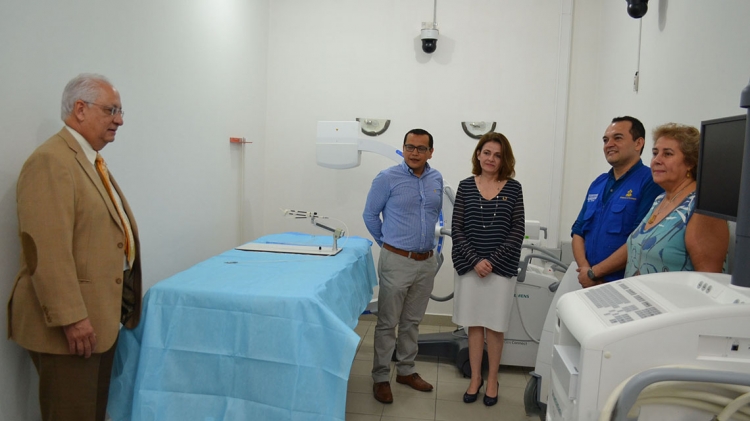Honduras can now provide treatment for many types of cancer to its citizens. With the assistance of a national IAEA technical cooperation project[1], the very first public brachytherapy service in the country has been set up at the national Hospital San Felipe in Tegucigalpa. The unit was inaugurated on 29 September 2017, during a ceremony attended by representatives from all the institutions that were involved in the design and implementation of the project, including the public sector, NGOs and academia.
Brachytherapy is a form of radiation therapy where a radioactive source is placed close to the tumour, either directly adjacent to it or inside the tumour itself. This technology is used for more effective radiation treatment of cervical, prostate, breast and skin cancer, among others. The new brachytherapy service is especially important for the Honduran population, as cervical cancer, followed by breast cancer in women and prostate cancer in men, is the most common cancer in the country[2].






